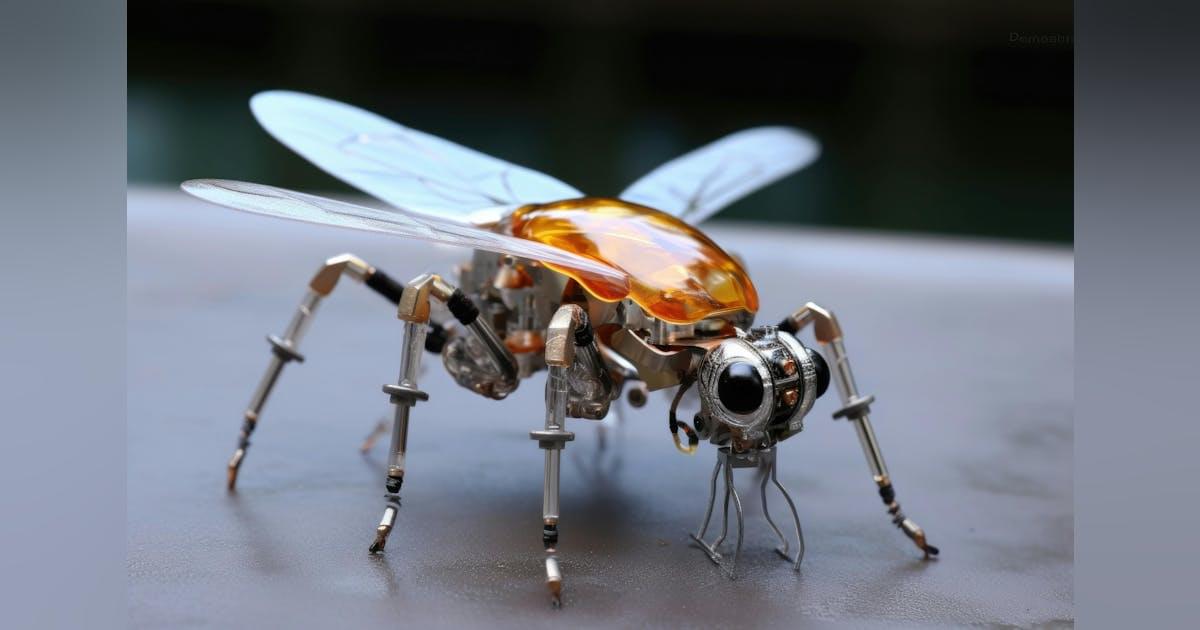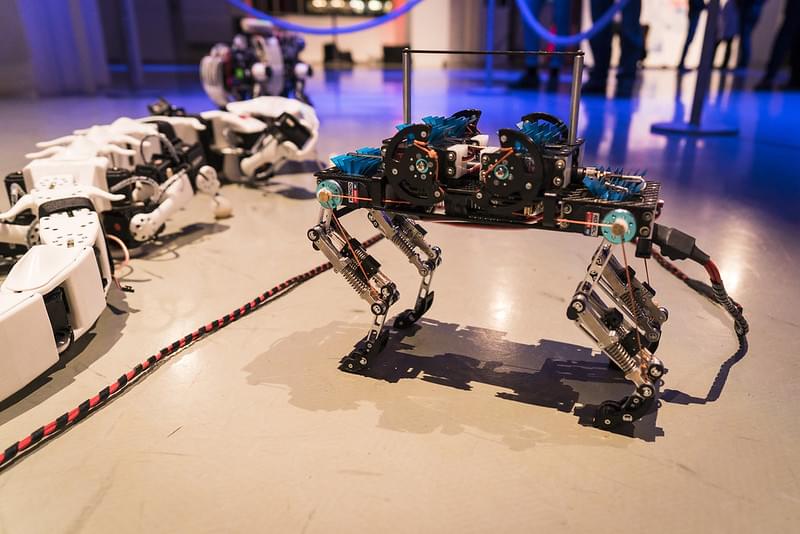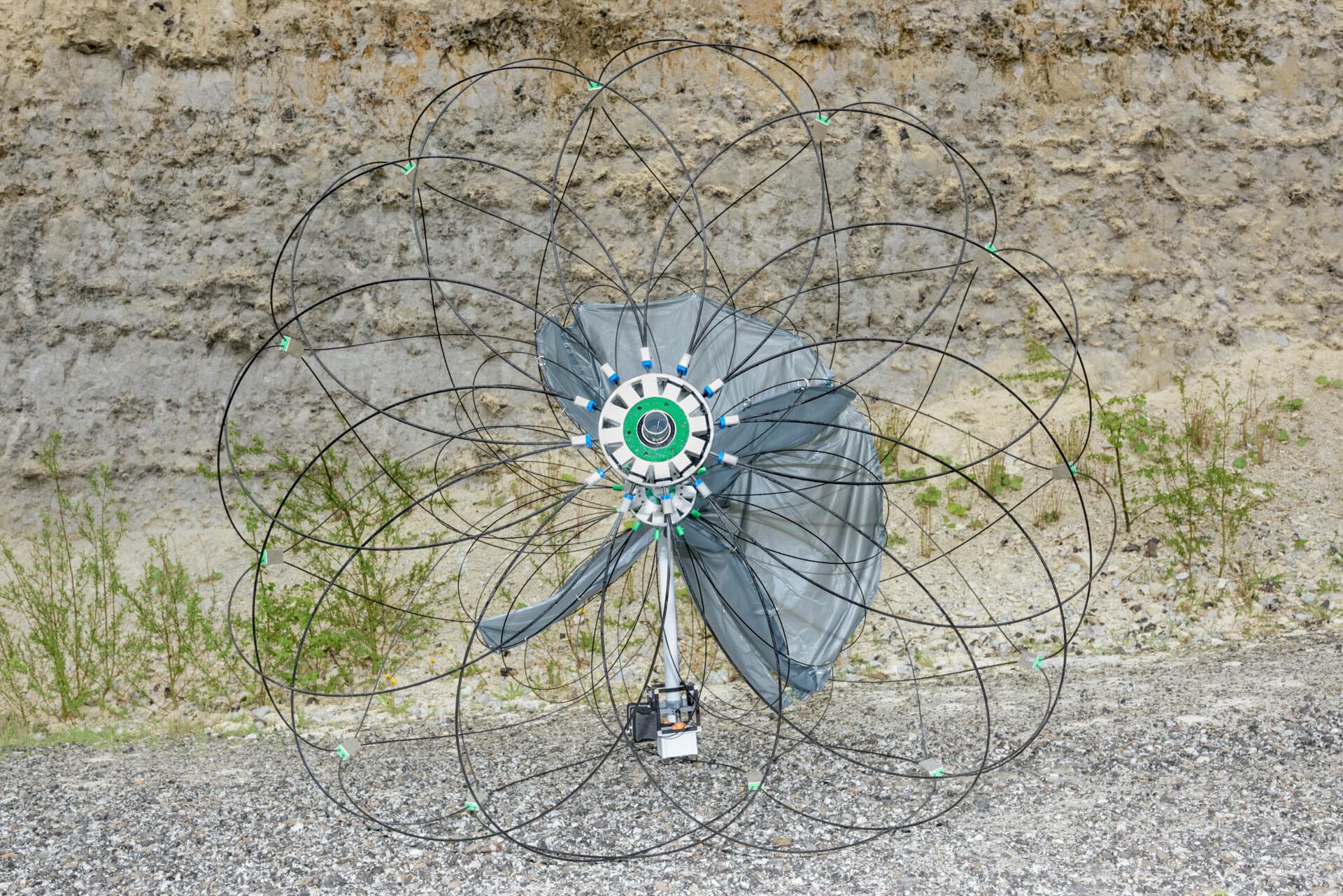Global semiconductor sales hit $686B in June 2025, driven by AI demand, U.S. resurgence, and Asia’s record growth as supply chains shift.


Alibaba’s CEO said the company would be pushing to develop advanced AI. Some in the U.S. have viewed China’s AI ambitions as more focused on applications of the technology.

Officials of the U.S. Defense Advanced Research Projects Agency (DARPA) in Arlington, Va., issued an advanced research concepts opportunity earlier this month (DARPA-EA-25–02-02) for the Hybridizing Biology and Robotics through Integration for Deployable Systems (HyBRIDS) program.
Bio-hybrid robotics
Bio-hybrid robotics combines living organisms and synthetic materials to create biorobots that compared to traditional robots can offer adaptability, self-healing, and energy efficiency.

Building a robot takes boatloads of technical skills, a whole lot of time, the right materials, of course – and maybe a little bit of organic life, maybe? Decades of science fiction have shaped our ideas of robots being non-biological entities. Think of batteries as the hearts, metal as the bones, and gears, pistons, and

A swarm of spherical rovers, blown by the wind like tumbleweeds, could enable large-scale and low-cost exploration of the Martian surface, according to results presented at the Joint Meeting of the Europlanet Science Congress and the Division for Planetary Sciences (EPSC-DPS) 2025.
Recent experiments in a state-of-the-art wind tunnel and field tests in a quarry demonstrate that the rovers could be set in motion and navigate over various terrains in conditions analogous to those found on Mars.
Tumbleweed rovers are lightweight, 5-meter-diameter spherical robots designed to harness the power of Martian winds for mobility. Swarms of the rovers could spread across the red planet, autonomously gathering environmental data and providing an unprecedented, simultaneous view of atmospheric and surface processes from different locations on Mars. A final, stationary phase would involve collapsing the rovers into permanent measurement stations dotted around the surface of Mars, providing long-term scientific measurements and potential infrastructure for future missions.


Fine-tuning large language models via reinforcement learning is computationally expensive, but researchers found a way to streamline the process.
What’s new: Qinsi Wang and colleagues at UC Berkeley and Duke University developed GAIN-RL, a method that accelerates reinforcement learning fine-tuning by selecting training examples automatically based on the model’s own internal signals, specifically the angles between vector representations of tokens. The code is available on GitHub.
Key insight: The cosine similarity between a model’s vector representations of input tokens governs the magnitude of gradient updates during training. Specifically, the sum of those similarities that enter a model’s classification layer, called the angle concentration, governs the magnitude of gradient updates. Examples with higher angle concentration produce larger gradient updates. The magnitude of a gradient update in turn determines the effectiveness of a given training example: The larger the update, the more the model learns. Prioritizing the most-effective examples before transitioning to less-effective ones enhances training efficiency while adding little preprocessing overhead.



Both the general public and academic communities have raised concerns about sycophancy, the phenomenon of artificial intelligence (AI) excessively agreeing with or flattering users. Yet, beyond isolated media reports of severe consequences, like reinforcing delusions, little is known about the extent of sycophancy or how it affects people who use AI. Here we show the pervasiveness and harmful impacts of sycophancy when people seek advice from AI. First, across 11 state-of-the-art AI models, we find that models are highly sycophantic: they affirm users’ actions 50% more than humans do, and they do so even in cases where user queries mention manipulation, deception, or other relational harms. Second, in two preregistered experiments (N = 1604), including a live-interaction study where participants discuss a real interpersonal conflict from their life, we find that interaction with sycophantic AI models significantly reduced participants’ willingness to take actions to repair interpersonal conflict, while increasing their conviction of being in the right. However, participants rated sycophantic responses as higher quality, trusted the sycophantic AI model more, and were more willing to use it again. This suggests that people are drawn to AI that unquestioningly validate, even as that validation risks eroding their judgment and reducing their inclination toward prosocial behavior. These preferences create perverse incentives both for people to increasingly rely on sycophantic AI models and for AI model training to favor sycophancy. Our findings highlight the necessity of explicitly addressing this incentive structure to mitigate the widespread risks of AI sycophancy.